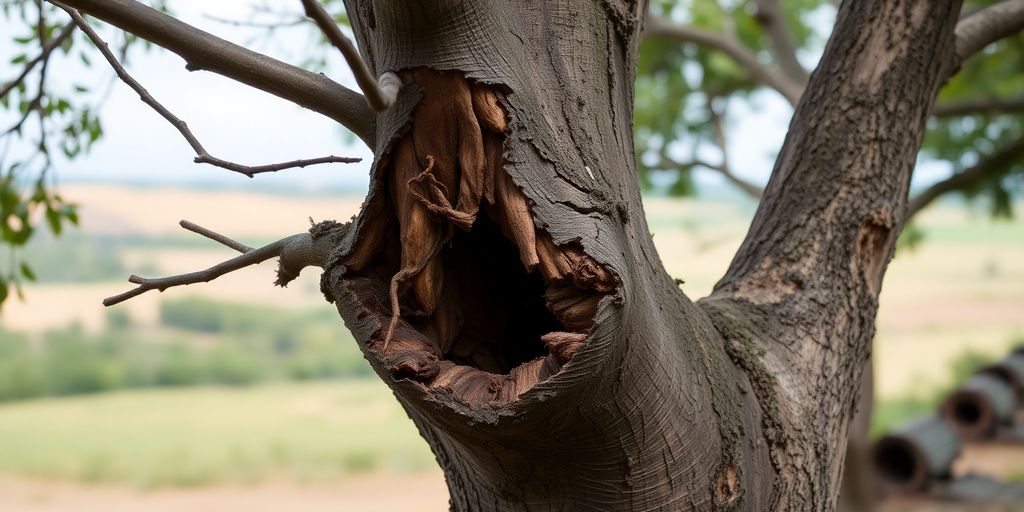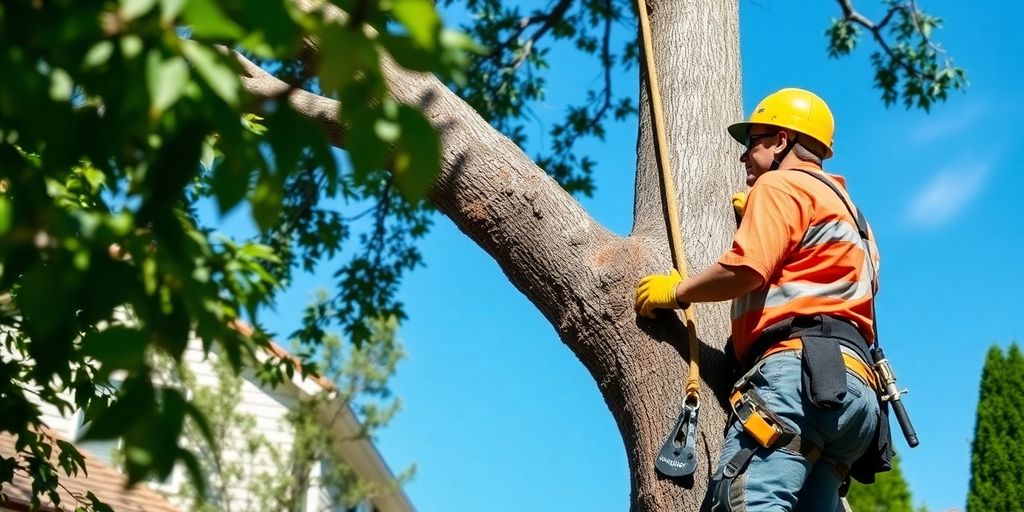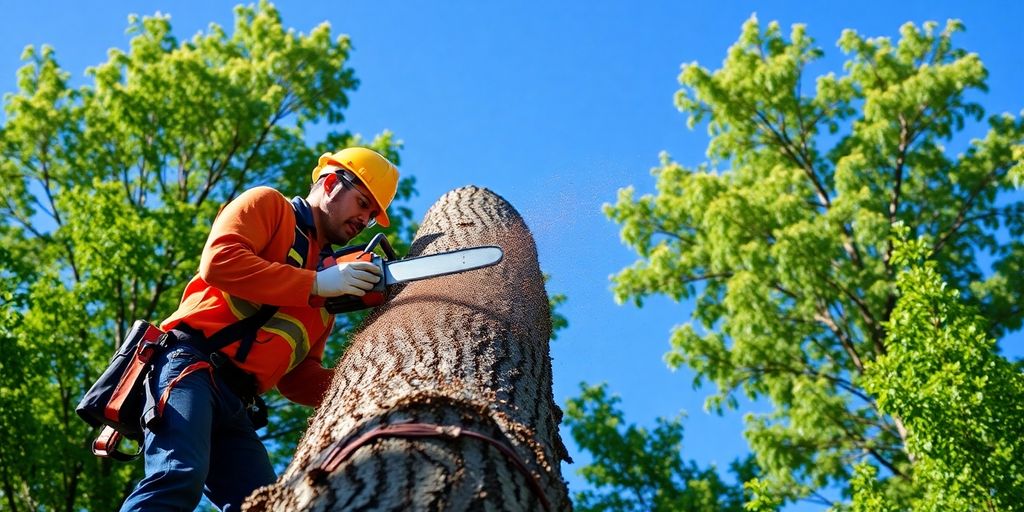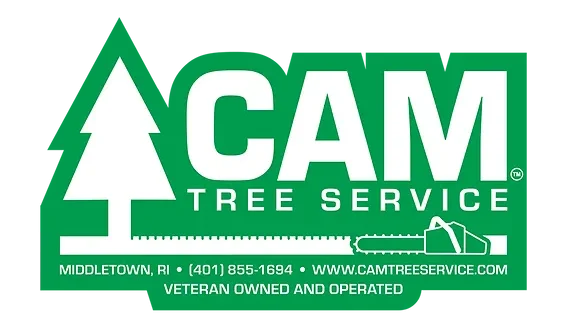The Best Practices for Safe and Efficient Tree Removals
Thinking about getting a tree removed? It’s not just about chopping it down; it requires highly trained professionals to ensure safety and effectiveness. There’s a lot more to it. You gotta consider safety, costs, and whether you should even do it yourself. This guide will walk you through what you need to know before hiring a tree removal service, so you can make the best decision for your yard.
Key Takeaways
- Tree removals aren’t just about cutting down a tree; they involve careful planning and safety measures.
- Hiring professionals ensures the job is done safely and correctly, minimizing risks to you and your property.
- DIY tree removal can be risky without the right equipment and expertise.
- Always check for proper licensing and insurance when choosing a tree removal service.
- Understanding local regulations can save you from legal headaches.
Understanding Tree Removal

CAM Tree Service Middletown, RI
When it comes to tree removal, CAM Tree Service in Middletown, RI, is a name that often pops up. They offer a range of services to make sure your trees are either safely removed or properly maintained. Whether you’re dealing with a tree that’s become a nuisance or one that’s a potential hazard, professionals like CAM Tree Service have the expertise to handle it. They’ll assess the situation and decide on the best approach, whether it’s removing the entire tree or just trimming the problematic parts. CAM Tree Service ensures trees are removed safely.
Common Service Offerings
Tree removal isn’t just about cutting down a tree. It involves a whole host of services aimed at maintaining the health and safety of your landscape. Here’s what you can typically expect:
- Tree Felling: Cutting down the tree in a controlled manner to ensure safety.
- Limbing and Bucking: Removing limbs and cutting the tree into smaller pieces.
- Stump Grinding: Removing the stump to prevent future problems.
- Debris Cleanup: Ensuring your yard is left clean and tidy.
- Tree Cutting: Emphasizing the importance of professional tree cutting to safely remove trees that present a risk due to disease or damage.
Can You DIY Tree Removal Projects?
Thinking about tackling that tree yourself? While it might seem like a cost-saving move, DIY tree removal can be risky. Without the right equipment and know-how, you could end up causing more harm than good. Professional tree care services include tree removal, trimming, and maintenance. Professional tree removal services have the tools and experience to do the job safely. Plus, they’re familiar with local regulations, so you won’t have to worry about permits or legal issues. If you’re unsure about a tree’s condition, it’s always best to consult with an expert first.
Before deciding to remove a tree, consider the potential risks involved. Hiring a professional might cost more upfront, but it ensures the job is done safely and correctly, saving you from possible headaches down the line.
Assessing Tree Risk

Signs Your Tree Needs Removal
When it comes to trees, sometimes the signs they need to go are pretty obvious. Dying trees are also a clear sign that removal is necessary. Dead or hanging limbs, for example, are a sure sign of trouble. If your tree is dropping branches like they’re hot potatoes, it might be on its way out. Trees that have been through the wringer with storms or lightning strikes can also be at risk. You might notice the tree leaning more than usual, which could mean it’s not as stable as it used to be. And let’s not forget about those pesky pests and diseases that can turn a healthy tree into a goner. Keep an eye out for these signs, and if you’re unsure, it’s always a good idea to call in a pro to take a look.
Evaluating Tree Health
Checking out a tree’s health isn’t just about looking at the leaves. It’s a whole process that involves a bunch of factors. The size and location of the tree matter a lot. Is it near power lines or structures that could be in danger if the tree falls? How easy is it to get to the tree, and what kind of gear will you need to deal with it? Sometimes, trees that look like they’re on their last leg can actually be saved with the right care. A certified arborist can help you figure out whether a tree is truly a goner or if it can be brought back to life. Regular evaluations and proper care can keep trees healthy and prevent the need for removal.
Understanding Local Regulations
Before you go all Paul Bunyan on that tree in your yard, you better check out the local rules. Some places have pretty strict regulations about tree removal, and you don’t want to end up with a fine because you didn’t do your homework. It’s not just about getting rid of the tree; it’s about doing it the right way. You might need a permit, or there could be restrictions on what you can do with the tree once it’s down. So, make sure you know the rules in your area before you start chopping away.
Preparing for Tree Removal
Preparing for tree removal is crucial to ensure a safe and efficient process. Here are some steps to prepare your property and safety precautions to consider:
Steps to Prepare Your Property
- Clear the Area: Before the tree removal team arrives, make sure to remove any furniture, decorations, or other items from the surrounding area. This helps prevent any damage and ensures the team has unobstructed access to the tree.
- Mark Utilities: Identify and mark any underground utilities, such as electric, gas, or water lines. This is vital to avoid accidental damage during the tree removal process.
- Protect Nearby Plants: If you have plants or gardens near the tree, cover or temporarily relocate them to prevent damage from falling debris or equipment.
- Notify Neighbors: Inform your neighbors about the upcoming tree removal. This courtesy helps them prepare for any noise or disruption and ensures they are aware of the work being done.
- Remove Obstacles: Clear any obstacles like fences, gates, or other structures that might hinder the tree removal team’s access. This makes the process smoother and more efficient.
Safety Precautions to Consider
- Hire a Certified Arborist: Ensure the tree removal company employs certified arborists. These professionals have the necessary training and experience to perform the job safely and efficiently.
- Use Proper Equipment: The tree removal team should use appropriate safety gear, including hard hats, safety glasses, and ear protection, to prevent injuries.
- Assess the Tree: Before starting, assess the tree’s condition and structure. Look for potential hazards like dead branches or weak limbs that could pose risks during removal.
- Develop a Removal Plan: Create a detailed removal plan considering the tree’s size, location, and surrounding environment. This plan helps ensure a safe and efficient tree removal process.
- Monitor the Weather: Keep an eye on weather conditions. Avoid scheduling tree removal during strong winds, heavy rain, or other hazardous weather to ensure safety.
Choosing the Right Option: Tree Removal vs. Pruning

Choosing between tree removal and pruning can be a challenging decision for homeowners. While tree removal is necessary when a tree is dead, dying, or poses a safety hazard, pruning can help maintain the health and appearance of your trees. Factors such as the tree’s health, location, and potential risks should be considered when making this decision. Professional tree services can help you decide between removal and pruning.
CAM Tree Service
When it comes to deciding between removing a tree or just pruning it, it’s all about understanding the tree’s condition and your landscape needs. CAM Tree Service can help you figure out the best approach. They offer specialized services like stump removal, making sure your yard looks great and is safe. Their team uses modern tools to handle any tree size or location, ensuring your property remains intact.
Benefits of Tree Pruning
Pruning is like giving your tree a haircut—it keeps it healthy and looking good. Here are a few perks:
- Improves Tree Health: By cutting away dead or diseased branches, you help the tree grow stronger.
- Enhances Aesthetics: Proper pruning shapes the tree, making your yard look neat.
- Prevents Hazards: Removing weak limbs reduces the risk of them falling and causing damage.
Consulting with Professionals
If you’re unsure whether to prune or remove a tree, consulting with a pro is a smart move. They can assess the tree’s health and suggest the best action. Here are some things to consider:
- Tree Condition: Is the tree diseased, or does it have structural issues?
- Location: Is the tree too close to your home or power lines?
- Future Growth: Will the tree’s size become a problem later?
Choosing between tree removal and pruning isn’t always clear-cut. Sometimes, a tree might look fine but have hidden issues that only a trained eye can spot. Regular check-ups by a professional can catch these problems early, saving you time and money in the long run.
Safe and Efficient Tree Removal Techniques
Modern tree removal techniques and equipment have made the process safer and more efficient. Here are some of the techniques and equipment used in tree removal:
Modern Techniques and Equipment
- Aerial Lifts: Aerial lifts, such as bucket trucks or cherry pickers, are essential for accessing high branches. They allow the tree removal team to work safely and efficiently at heights.
- Crane Services: For large trees or those in tight spaces, crane services are invaluable. Cranes can safely lift and remove large sections of the tree, minimizing the risk of damage to the surrounding area.
- Stump Grinding: After a tree is removed, stump grinding is used to eliminate the remaining stump. This process grinds the stump into small pieces, which can be removed or left to decompose naturally.
- Tree Pruning: Pruning involves removing dead, diseased, or damaged branches. This technique promotes healthy growth and prevents further damage, ensuring the tree remains robust and safe.
- Rope Access: In areas with limited access, such as steep slopes or narrow alleys, rope access techniques are used. These methods allow the tree removal team to safely navigate and work in challenging environments.
By following these steps and using modern techniques and equipment, tree removal can be performed safely and efficiently, minimizing the risk of injury or damage to property.
Tips for Hiring a Tree Removal Service

Questions to Ask a Tree Removal Service
Hiring a tree removal service can feel like a big decision, especially when you want the job done right. Before you sign any contracts, make sure to ask some key questions. First, inquire if they are licensed, insured, and bonded. This is crucial because it protects you from liability if an accident happens on your property. Ask about their certifications too. Do they have any from the International Society of Arboriculture or similar organizations? These certifications show they know their stuff. Get references from past clients to see if their work holds up. Also, find out how long they’ve been in the business and what safety measures they take during the removal process.
Checking Qualifications and References
When it comes to hiring a tree removal service, qualifications and references are a must-check. Proper licenses and certifications are essential, not just for legality but for your peace of mind. Look for accreditation from recognized bodies like the Tree Care Industry Association. This tells you they’re serious about their work. Make sure they have liability insurance and workers’ compensation coverage. You don’t want to be on the hook if something goes wrong. Don’t hesitate to ask for references and actually follow up on them. A few phone calls can save you a lot of headaches.
Understanding the Tree Removal Process
Understanding the tree removal process helps you know what to expect and ensures the job is done to your satisfaction. Start by getting multiple quotes to compare pricing and services. Don’t just go for the cheapest option; sometimes you get what you pay for. Discuss the methods they’ll use to remove the tree and how it might affect your property. Will they handle necessary permits? What about cleanup afterward? These are things you need to know upfront. Also, ask if they offer stump grinding services, which can be a huge help in keeping your yard looking tidy after the removal.
Hiring a tree removal service doesn’t have to be daunting. By asking the right questions and doing a bit of research, you can find a reliable company that will handle your trees safely and professionally. Remember, it’s about finding the right fit for your needs and ensuring the safety of your property.
When you’re looking to hire a tree removal service, it’s important to choose wisely. Make sure to check their reviews and ask for quotes from different companies. This way, you can find the best deal and ensure the job is done safely. For more tips and to get in touch with a trusted service, visit our website today!
Wrapping It Up
So, there you have it. Tree removal isn’t just about chopping down a tree and calling it a day. It’s a whole process that requires careful planning, the right equipment, and a skilled team to do it safely. Whether you’re dealing with a tree that’s become a hazard or just want to clear some space, hiring a professional service is the way to go. They know what they’re doing, and they’ll make sure everything’s done right, from the initial cut to the final cleanup. Remember, it’s not just about getting rid of a tree; it’s about doing it safely and efficiently. So take your time, do your homework, and choose a service that fits your needs. Your yard—and your peace of mind—will thank you.
Frequently Asked Questions
What signs indicate a tree should be removed?
If a tree is leaning dangerously, has cracked branches, or shows signs of disease like fungi at the base, it might need to be removed.
Can I remove a tree by myself?
Removing a tree by yourself can be risky. It’s best to hire professionals who have the right tools and experience.
What is the difference between tree removal and pruning?
Tree removal involves cutting down the entire tree, while pruning is trimming parts of the tree to keep it healthy.
Do I need a permit to remove a tree?
In many places, you need a permit to remove a tree, especially if it’s large or in a protected area. Check local rules to be sure.
How do I choose the right tree removal service?
Look for services with good references, proper licenses, and insurance. Ask questions about their experience and safety practices.
What happens to the tree after it’s removed?
After removal, the tree is usually chopped into smaller pieces. Stumps can be ground down or removed completely.
